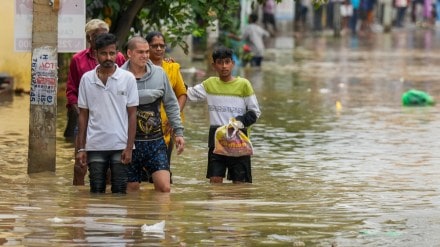The heavy rainfall in Bengaluru has drenched the city and led to chaos due to waterlogging at multiple places. Even though it is not monsoon season yet, the IMD has already issued a yellow alert till Friday, suggesting that the rains will likely continue across the city.
But what’s causing this downpour in May, well before the official monsoon season? The answer Bengaluru’s weather pattern known as pre-monsoon showers — also called as mango showers — which are typical for the city, this time of year. A video posted by the ‘The History of Bangalore’ has went viral which explains the intricate geographic details behind this.
The video explains that these rains usually occur in April and May across southern India, especially in Bengaluru. They’re not random but are closely linked to the city’s geography and larger monsoon systems.
To understand this, we need to look at the Western Ghats, a mountain range that runs along India’s western coast from Gujarat down to Kerala and Tamil Nadu. During the southwest monsoon, winds carry moisture from the Arabian Sea and hit these mountains. Most of the rain falls on the western side of the Ghats, leaving the eastern side, including the Deccan Plateau, completely dry.
However, there’s a key exception — the Palakkad Gap. This is a 40-kilometre-wide break in the mountain range, located in Kerala. Moist monsoon winds make their way through this narrow gap like a wind tunnel and travel inland, reaching Bengaluru.
Here’s where the local effect kicks in. During summer, Bengaluru heats up under the sun, causing the air above the city to rise. When the cool, moisture-laden winds from the southwest pass through the Palakkad Gap and hit this rising warm air. This leads to formation of clouds which then results in the sudden afternoon and evening showers that the city is known for.
These early rains are not only a preview of the coming monsoon but also an essential part of Bengaluru’s unique climate. While they bring some relief from the heat, they also tend to cause traffic jams, waterlogging, and infrastructure issues across the city. Watch the full video here:
So, the rain Bengaluru is seeing right now is part of a well-known seasonal pattern — and a reminder of how nature and geography work together to shape the city’s weather.
